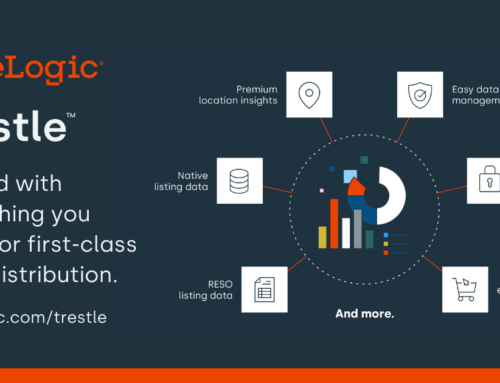The pace of change is only getting faster. This is especially true in the realm of MLS data delivery. There are three key challenges facing MLSs today that all organizations must address, regardless of their size or geographic boundaries.
The first is market complexity. Just ask any brokerage that has tried to integrate a new MLS data feed into their existing tech stack. When data fields and policies don’t line up exactly, that can create a bottleneck in the flow of data. This often leads to countless back and forths between your data team and the brokerage, and eventually to custom work in order to connect everything together.
Next is working with the technology companies themselves. Again, the localized nature of data standards today often limits the technology companies from bringing best-in-breed products to your subscribers. The more open and standardized you can set up and deliver your data, the more you encourage innovation and ultimately the success of your subscribers.
Lastly, and perhaps most challenging, is the data monitoring process. As stewards of your market’s data, it is of paramount importance that you have scalable monitoring solutions in place to track how all these innovative companies and brokerages are using the data you deliver.
Data delivery and control is a critical function for all MLSs regardless of their size, so you really can’t over-invest time or money into this part of your business. But with limited resources, what you need is the right technology, processes and partners to make your data run smoothly. The new data delivery standard for the industry is Web API, but not all Web API solutions are equal.
If you have yet to implement a Web API in your market, or you wish your data processes and monitoring systems could run better, join Joseph Szurgi, CEO of MLS Grid, Shelley Specchio, CEO of MIBOR, and Cass Herrin, Director of Data Services MoxiWorks, to explore why MLS Grid is becoming a preferred API provider and how they can help your MLS.




